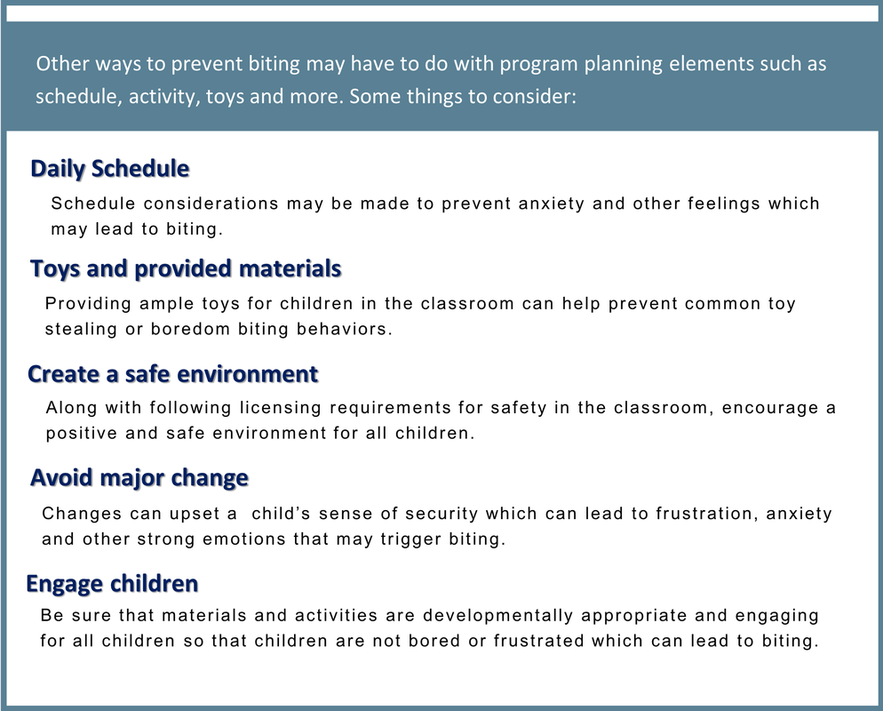Sentry Page Protection
Unit 7 Student Login 
Unit 7 Student Login
Welcome, (First Name)!
Enter Member Area
(Unit 7) Topic 2: Positive Strategies for Classroom Management
2 Clock Hours of Early Childhood Education
































